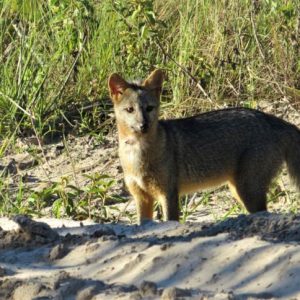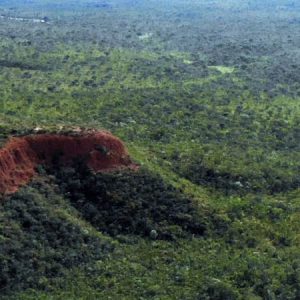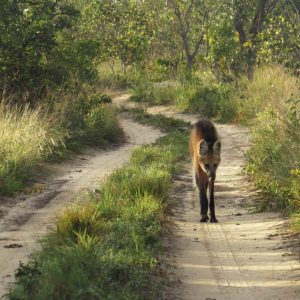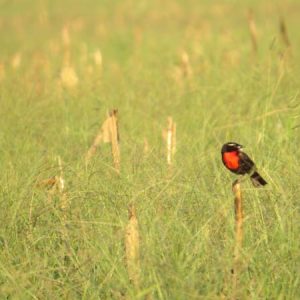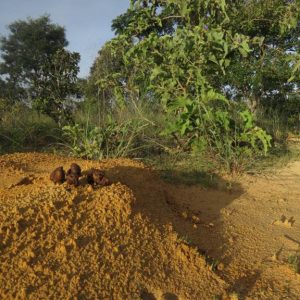The biome covers the states of Tocantins, Mato Grosso, Mato Grosso do Sul, Goiás, Maranhão, Minas Gerais, Rondônia, Bahia, Piauí, Paraná, São Paulo and the Federal District, as well as portions of Roraima, Amapá and Amazonas. Situated in this biome are the headwaters of three major river basins of South America (Amazônica/ Tocantins, São Francisco e Prata), resulting in enormous water potential, and enabling the proliferation of life.
This amazing ecosystem is one of the world’s biodiversity hotspots. Home to thousands of endangered species, the Cerrado is recognized as the richest savanna in the world, housing over 11,500 species of local plants already catalogued, and approximately 200 species of mammals, 837 species of birds, 1,200 species of fish, 180 species of reptiles and more than 150 species of amphibians.


